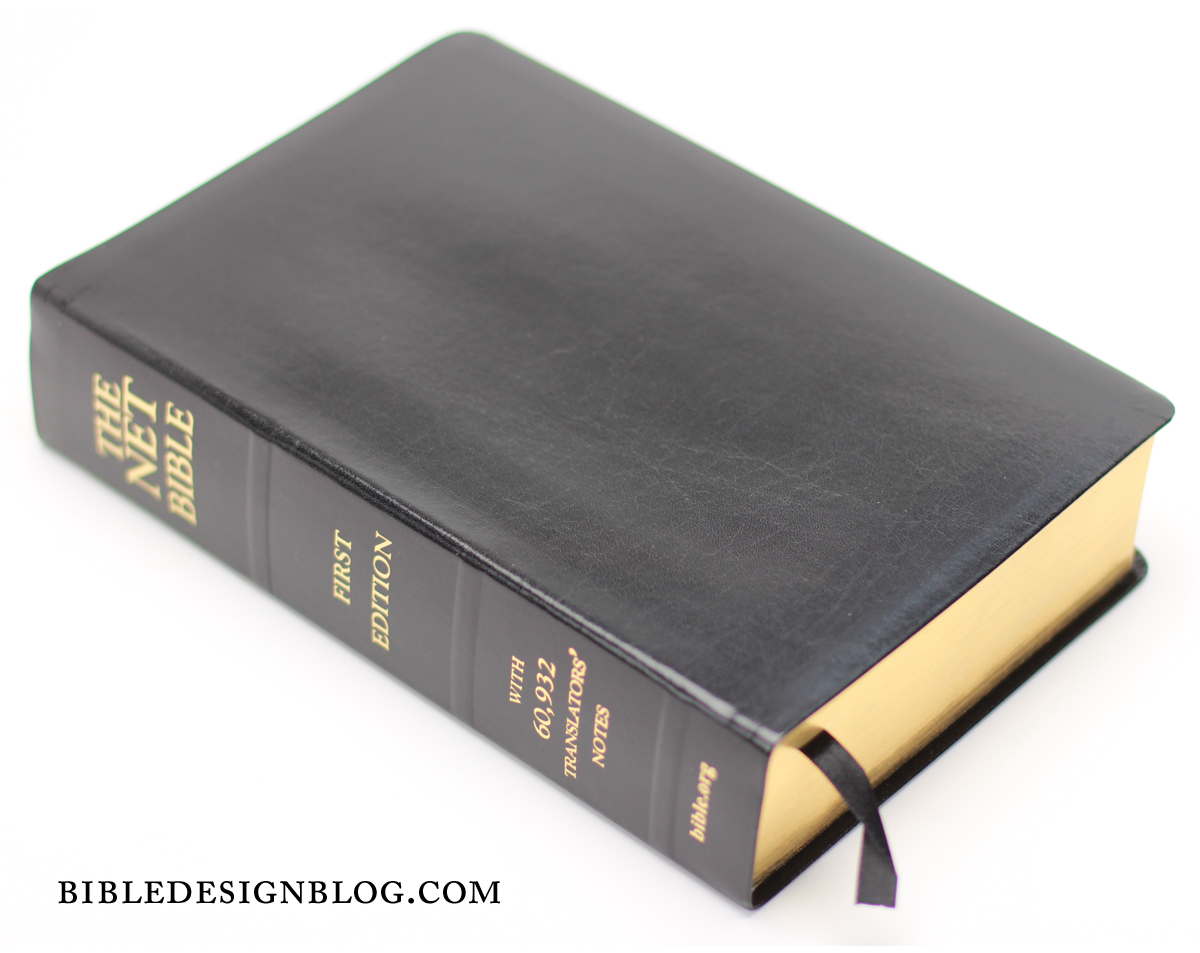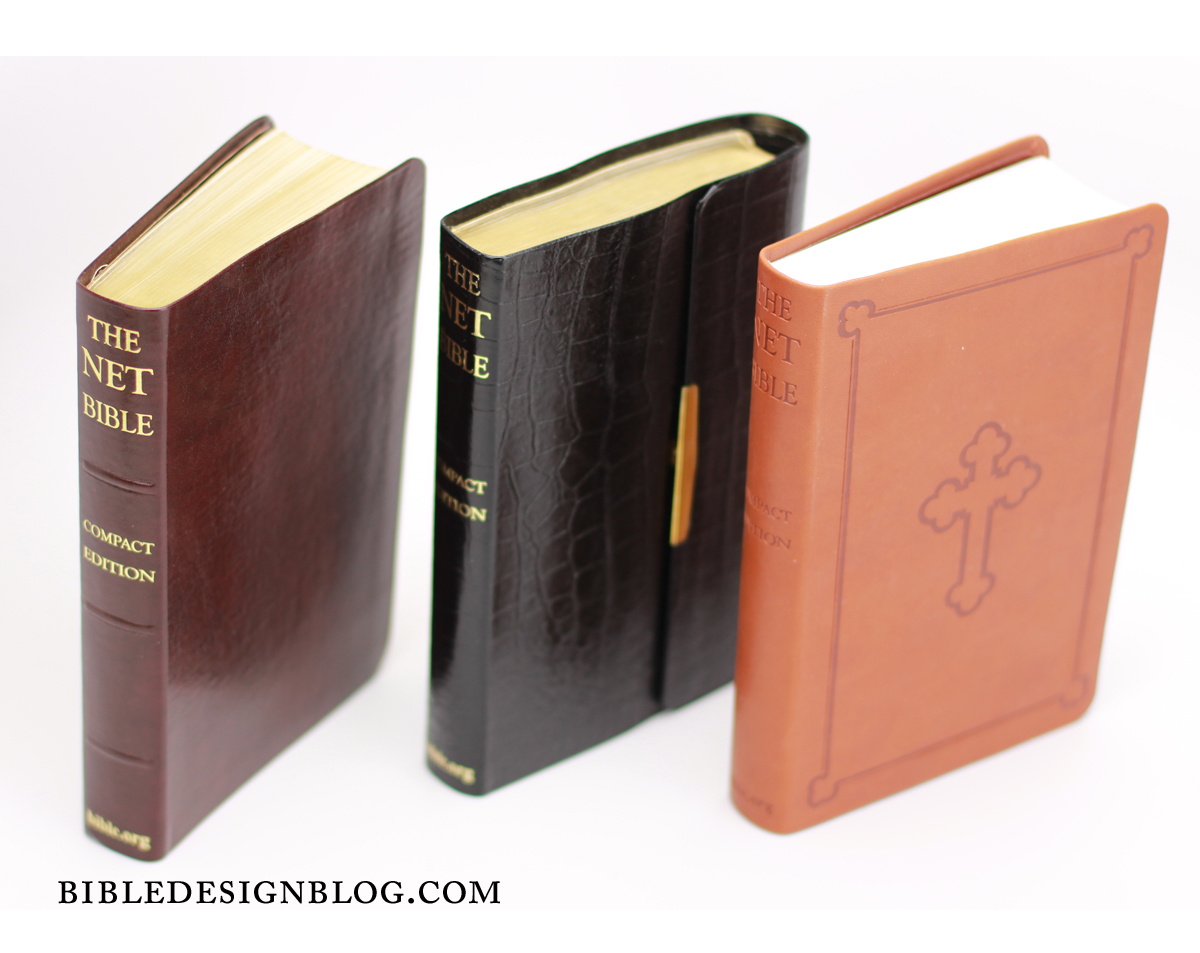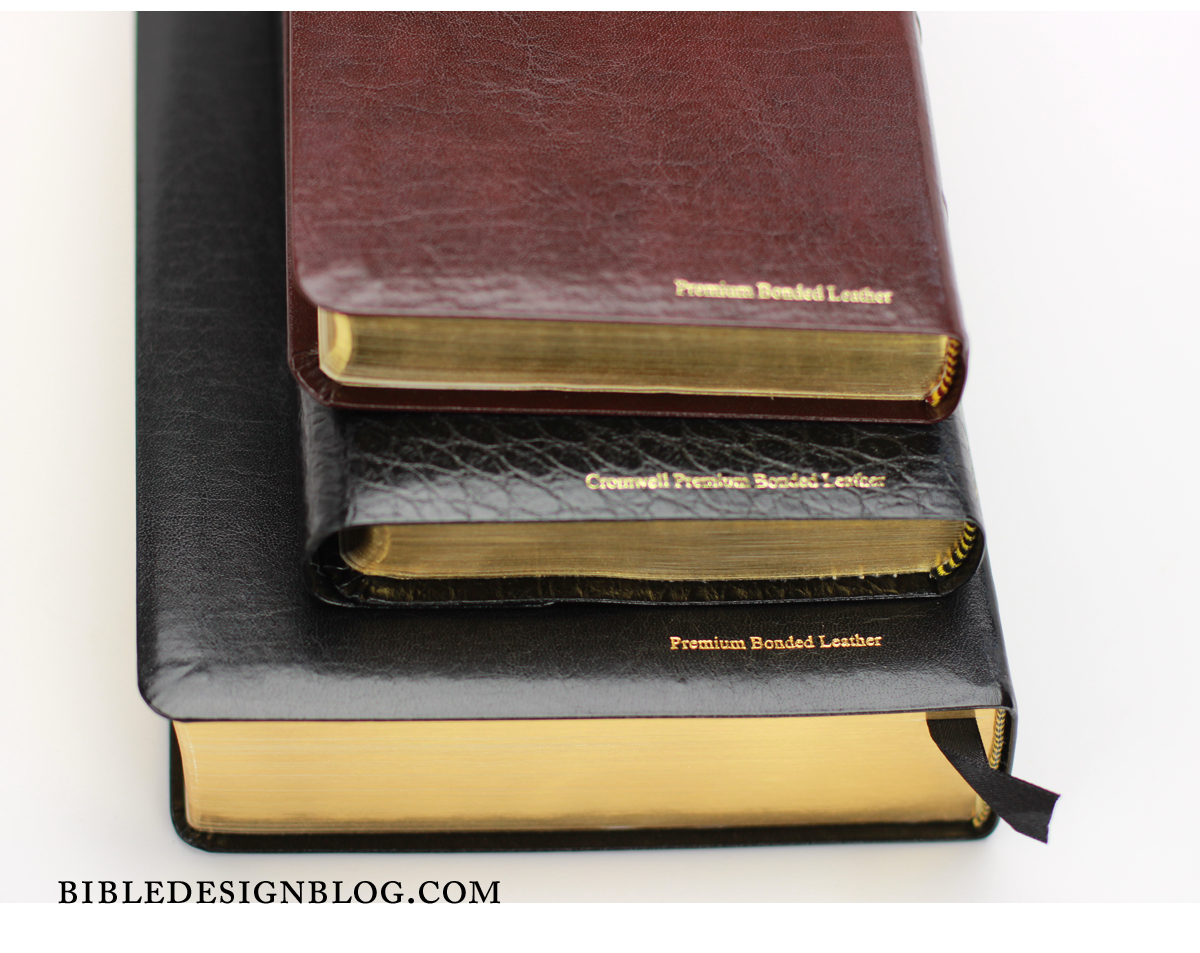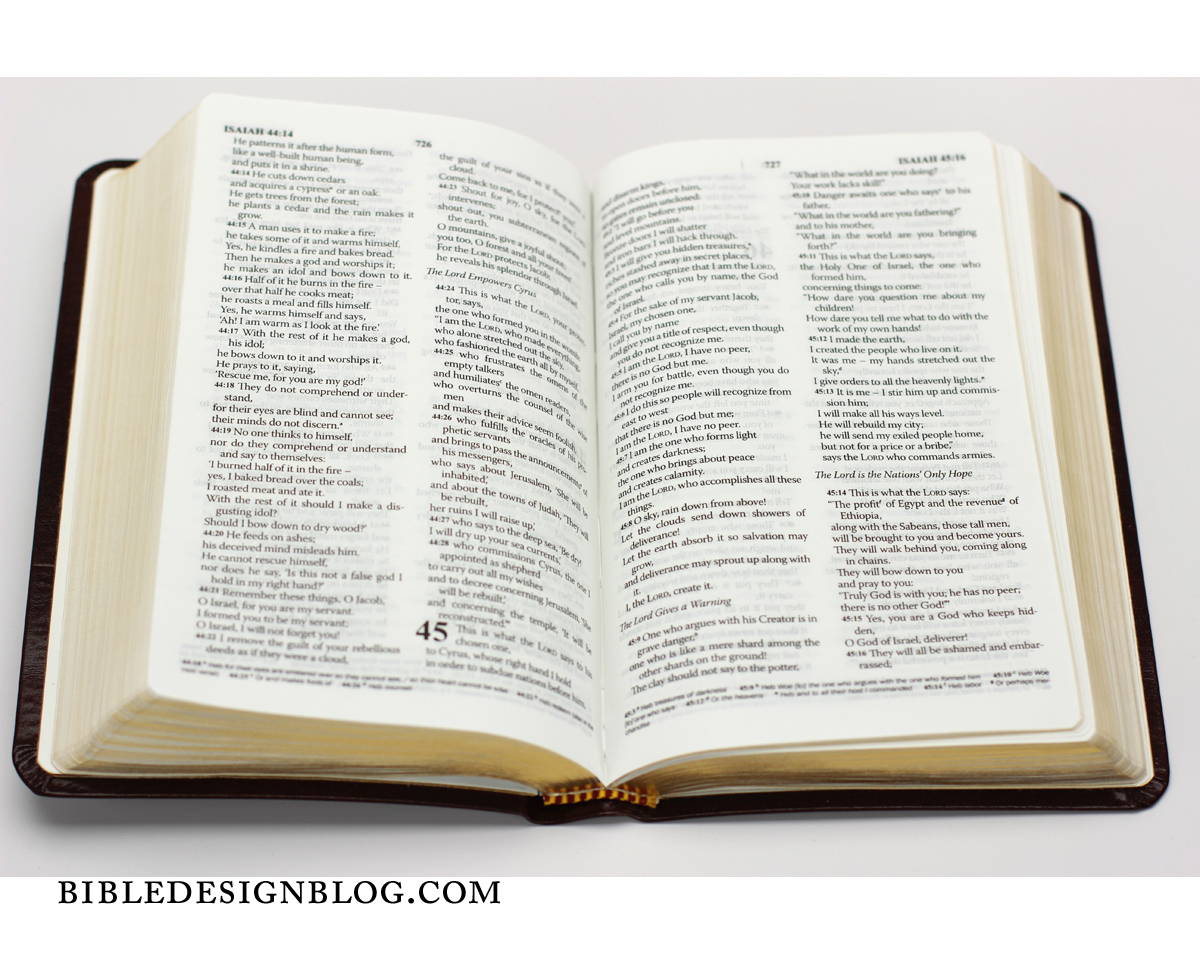The NET Bible (Various Bindings)
 The NET Bible does one thing very right, which in my mind makes up for doing several things not very right at all. What it gets right -- and the reason I recommend that every reader of the Bible pick up at least a First Edition NET Bible -- has to do not with the translation itself or with the design of the Bibles, but with the notes. In addition to the usual references you’d find in other Bibles, the NET Bible features extensive notes which illuminate the underlying text and shine light on tough translation choices, too. I wish every translation committee provided this valuable service, but they don’t. Which is why I think you need a copy of the NET Bible. No matter what translation you uses, these notes are invaluable to anyone with an interest in the text.
The NET Bible does one thing very right, which in my mind makes up for doing several things not very right at all. What it gets right -- and the reason I recommend that every reader of the Bible pick up at least a First Edition NET Bible -- has to do not with the translation itself or with the design of the Bibles, but with the notes. In addition to the usual references you’d find in other Bibles, the NET Bible features extensive notes which illuminate the underlying text and shine light on tough translation choices, too. I wish every translation committee provided this valuable service, but they don’t. Which is why I think you need a copy of the NET Bible. No matter what translation you uses, these notes are invaluable to anyone with an interest in the text.
They are available online, and in the First Edition -- which is suitably mammoth, the size of a study Bible -- and in abridged form in other editions. Don’t go for the abridgment, though. You want the fuller set of notes. If the size is a problem, the NET Bible iOS app gives you access to the notes, too.
Since the release of the First Edition several years ago, the NET Bible has come to be offered in a variety of formats. Pictured here are the First Edition, several Compact Editions, a hardback, and a Reader’s Edition in genuine leather. By niche translation standards, this constitutes an impressive variety. (To be fair, the NET Bible is probably somewhere between niche and mainstream … I’ve never seen them for sale anywhere apart from online, but I know a lot of people who’ve heard of it and use it.)
From a design point of view, the things that stand out are the negatives: the use of the font Papyrus (“the king of bad fonts”), over-emphasis of Old Testament quotes (see the bold and italic example in the photo below), and the repetition of the chapter number whenever the verse number is given in the text.
This last quirk has always puzzled me. I assumed it was an artifact from the text’s online history. The original text online was formatted this way, and when it was ported to print, no one thought to change it. When I asked marketing manager Pete Smith, he confirmed that this was partially the case. But it also had to do with the fact that the running headers in the original print editions didn’t include the chapter numbers (they do now). Obviously, it’s a distraction that I hope they will move away from in the future -- though if they do, they’ll have to figure out how to distinguish verse numbers from superscript notation numbers (again, look at the photo below and you’ll see that without the chapter number repeated, it might get confusing).
While the First Edition has that “designed by engineers for engineers” look, the aesthetic softens somewhat as you go through the line. If you got rid of the Papyrus and the repeated chapter numbers, the Compact and Reader’s Edition would blend right in with other Bibles.
The problem is, the First Edition is where those glorious notes are found. It’s big and heavy and completely tilted toward reference rather than readability … but in this case, I overlook all that, because the notes are that good. I was teaching a class recently on reading the Bible, and one of the recommendations I made along with getting a single column, paragraphed text, was to consult the NET Bible notes. I mean, there are Study Bibles that don’t give you nearly the insight into the text that these notes deliver. This is one of those instances where, as reader-friendly as I am, I think the reference-orientation of the layout makes sense. Sure, I’d love to see the NET Bible in a beautiful single column setting -- but only if it retains those notes!








